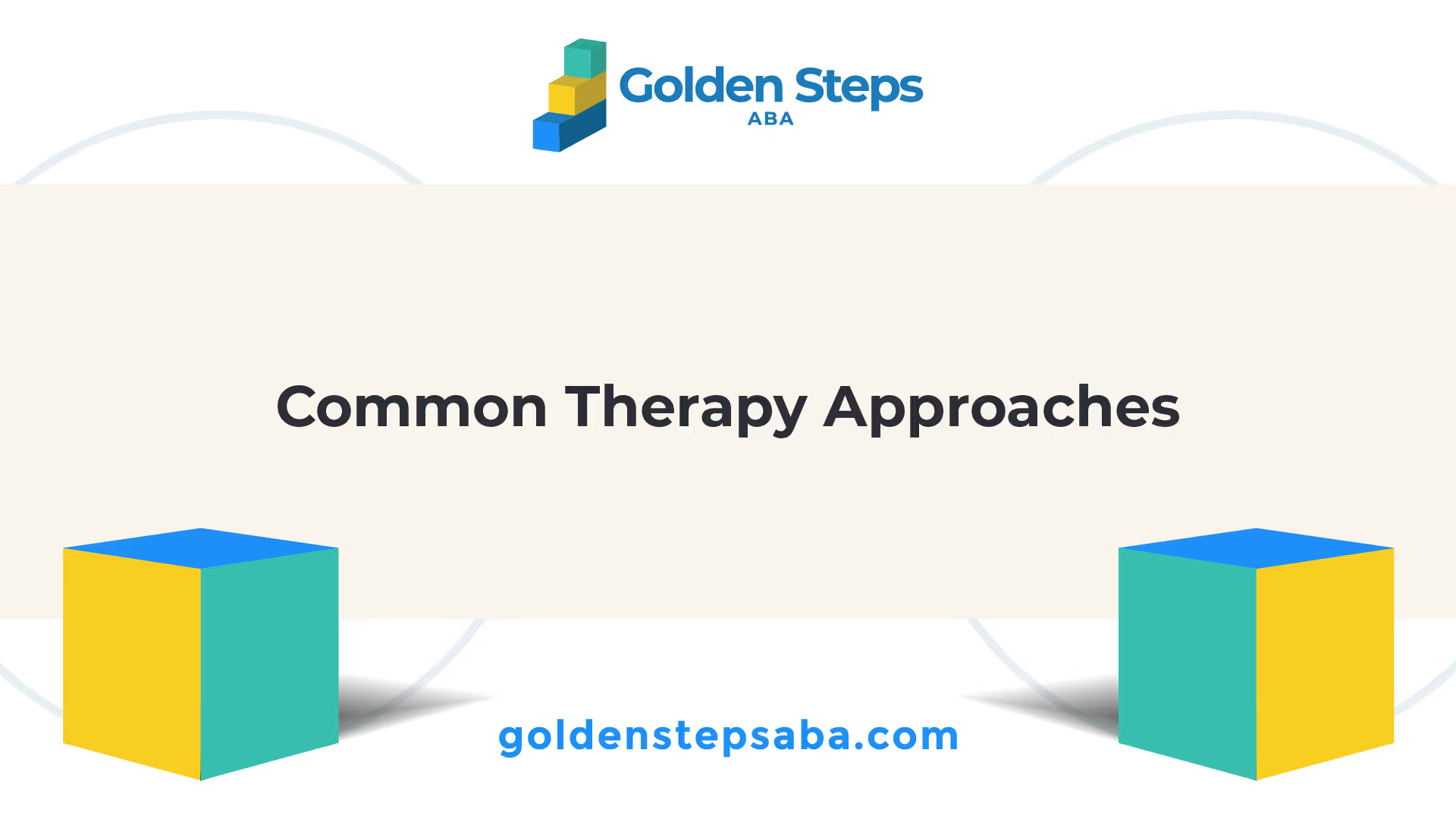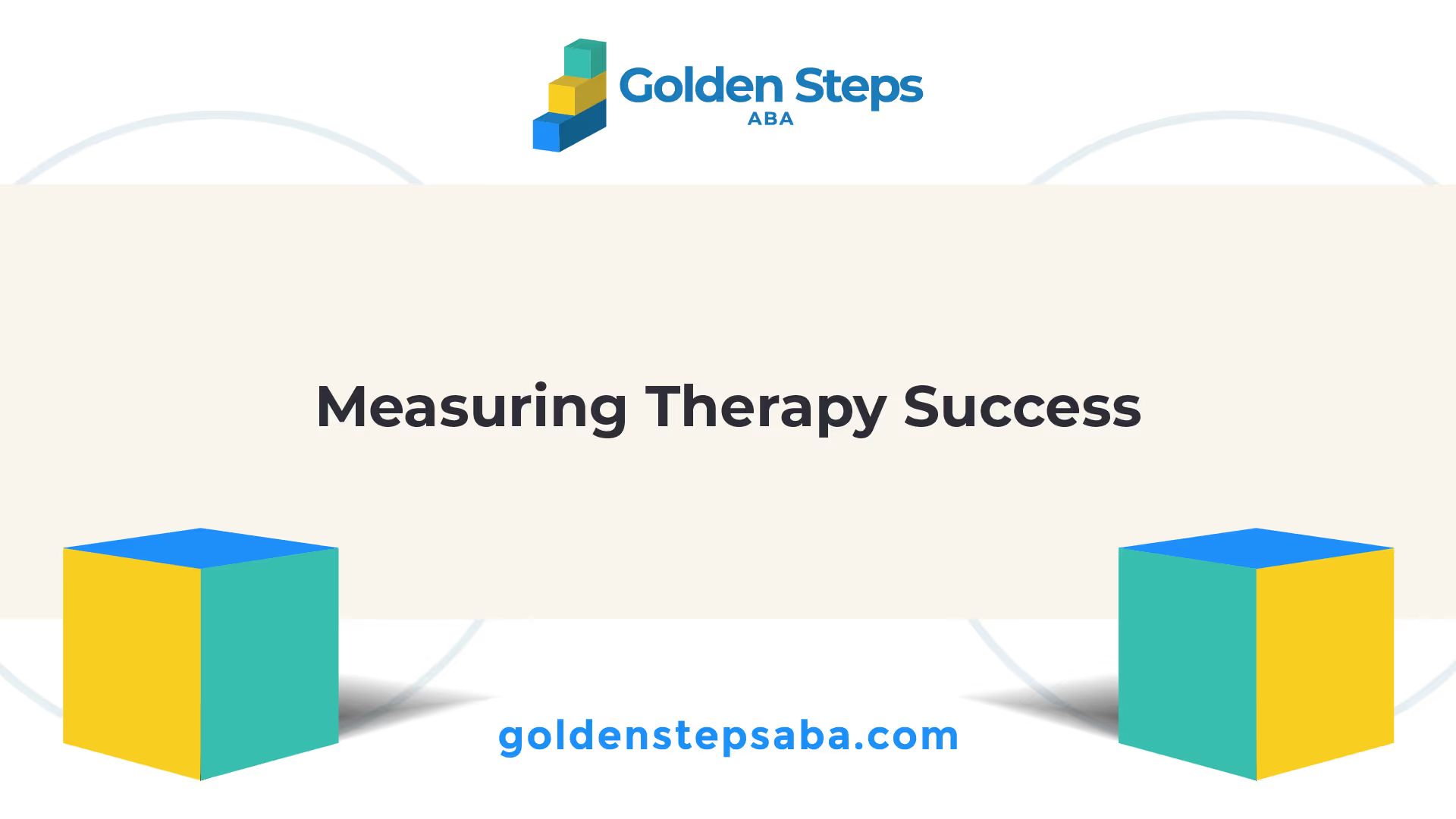Effective Autism Therapies
When it comes to treating Autism Spectrum Disorder (ASD), effective therapies can make a significant difference in the lives of individuals on the spectrum. Two key factors that contribute to successful outcomes are tailored treatment programs and early diagnosis.

Tailored Treatment Programs
Highly structured and specialized programs that are tailored to the specific needs of individuals with ASD have been shown to be the most effective therapies and interventions. These programs focus on reducing symptoms and improving daily functioning, helping individuals with Autism Spectrum Disorder (ASD) lead fulfilling lives.
A personalized treatment plan takes into account the unique strengths, weaknesses, and goals of each individual. For example, a child facing difficulties in language development, motor skills, and daily functioning may receive a comprehensive treatment plan that includes speech therapy, physical therapy, and occupational therapy. By tailoring the treatment program to address specific challenges, individuals with ASD can experience significant improvements in their overall quality of life.
Early Diagnosis Impact
Research indicates that early diagnosis and interventions for autism, particularly during preschool or before, can have significant positive effects on symptoms and later skills of individuals with ASD [1]. Early intervention is an essential element of successful autism care programs, and it is crucial to educate individuals and their families to recognize the early signs of autism and seek help immediately.
Identifying and diagnosing autism early allows for timely access to appropriate therapies and interventions. Early intervention programs can focus on improving communication skills, social interaction, and adaptive behaviors. By starting treatment early, individuals with ASD have a better chance of developing essential skills and reducing the impact of symptoms on their daily lives [3].
By implementing tailored treatment programs and promoting early diagnosis, the potential for positive outcomes in individuals with autism is significantly increased. These approaches provide the foundation for effective therapy and pave the way for remarkable success stories in the realm of autism treatment.
Innovative Therapies
In the quest to provide effective therapies for individuals with autism, researchers and clinicians have made significant advancements in the field. In this section, we will explore three innovative therapies that have shown promise in improving various aspects of autism: Balovaptan research, CM-AT pancreatic enzyme therapy, and transcranial magnetic stimulation (TMS).
Balovaptan Research
Balovaptan is a drug that modulates oxytocin receptors in the brain, which play a crucial role in social behavior. In a phase 2 study involving nearly 500 adolescents and adults with autism, Balovaptan demonstrated positive results. Compared to a placebo, it improved social interaction by 15% and enhanced the ability to recognize emotional faces. Balovaptan also showed potential in improving repetitive behaviors.
CM-AT Pancreatic Enzyme Therapy
CM-AT is a pancreatic enzyme-based therapy that has shown significant improvements in language and social interaction in children with autism. In a phase 2 trial, children who received CM-AT demonstrated better language skills and increased social interaction compared to those who received a placebo. This therapy offers potential new avenues for supporting children with autism in their communication and social development, addressing key challenges they may face.
Transcranial Magnetic Stimulation
Transcranial Magnetic Stimulation (TMS) is a non-invasive procedure that uses magnetic fields to stimulate specific regions of the brain. In the context of autism, TMS has shown promise in improving language and social communication skills in young children. By targeting specific brain areas associated with communication, TMS provides a novel therapeutic approach to address communication challenges often experienced by individuals with autism.
These innovative therapies represent exciting developments in the field of autism treatment. However, it's important to note that further research and clinical trials are necessary to fully understand their effectiveness and potential long-term benefits. As the scientific community continues to explore these avenues, individuals with autism and their families can look forward to a future with more tailored and effective treatment options.
To learn more about other common therapy approaches and personalized treatment plans for autism, refer to our sections on Common Therapy Approaches and Personalized Treatment Plans.

Advancements in Therapy
As research and innovation continue to expand in the field of autism therapy, new advancements are being made to improve treatment outcomes and enhance the lives of individuals on the autism spectrum. In this section, we will explore two significant advancements in therapy: telemedicine accessibility and the success of suramin treatment.
Telemedicine Accessibility
Telemedicine has emerged as a powerful tool to extend autism diagnostic services and therapy to underserved communities, improving access and reducing disparities in diagnosis and treatment. This technology allows healthcare professionals to provide remote assessments, consultations, and therapy sessions, potentially bridging geographical gaps for individuals with autism.
Through telemedicine, individuals with autism can receive the necessary evaluations, therapy sessions, and support from the comfort of their own homes. This can be particularly beneficial for those living in rural or remote areas where access to specialized autism services may be limited. Telemedicine enables professionals to connect with families and individuals in real-time, providing personalized interventions and guidance.
By utilizing telemedicine, individuals with autism and their families can overcome barriers such as transportation difficulties, scheduling conflicts, and long wait times. This advancement in therapy has the potential to significantly improve the quality of life for individuals on the autism spectrum by increasing access to essential services and reducing the stress associated with in-person visits.
Read more about: ABA Therapy Online Empowers Children with Autism
Suramin Treatment Success
Another exciting advancement in autism therapy is the promising results seen with suramin, an antiparasitic drug. Research has shown that suramin can lead to improvements in language and social communication skills in children with autism, as well as a reduction in repetitive behaviors.
The positive outcomes observed with suramin treatment offer hope for individuals on the autism spectrum and their families. Further research and clinical trials are necessary to fully understand the potential benefits and long-term effects of suramin therapy. However, these initial findings provide encouraging evidence of a potential breakthrough in autism treatment.
It is important to note that while these advancements show promise, they are not a one-size-fits-all solution. Each person with autism is unique, and treatment approaches should be tailored to their individual needs and strengths. Consulting with healthcare professionals and experts in the field can help determine the most appropriate therapy options for individuals on the autism spectrum.
As advancements in therapy continue to evolve, it is essential to stay informed about the latest research and developments. By exploring new possibilities, individuals with autism can have access to a wider range of treatments and interventions that can make a tangible difference in their lives.

Common Therapy Approaches
When it comes to autism therapy, there are several common approaches that have shown positive results in improving the lives of individuals with autism. These approaches include Applied Behavior Analysis (ABA), Cognitive Behavioral Therapy (CBT), and Occupational Therapy.
Applied Behavior Analysis (ABA)
Considered the gold standard in autism treatment, Applied Behavior Analysis (ABA) therapy addresses a broad range of skills, from communication and socialization to reducing challenging behaviors. ABA therapy is highly individualized and employs data-driven approaches to teach new skills and reduce problem behaviors.
The Goal of ABA Therapy is to help individuals with autism understand the connection between behaviors and consequences. By using positive reinforcement and other behavior modification techniques, ABA therapy aims to encourage desired behaviors and reduce unwanted behaviors. Studies have shown that long-term, intensive ABA therapy can improve a child's life skills, intellectual abilities, and social skills [5].
Cognitive Behavioral Therapy (CBT)
Cognitive Behavioral Therapy (CBT) can be beneficial for individuals with autism who experience anxiety, obsessive behaviors, or depression. This structured approach equips individuals with practical tools to manage emotions, reduce anxiety levels, and develop coping strategies. CBT helps individuals with autism learn emotional regulation and improved behavior [2].
CBT focuses on identifying and changing negative thought patterns and behaviors. It helps individuals with autism challenge irrational beliefs, develop problem-solving skills, and improve their overall well-being. By teaching strategies to manage anxiety and address specific behavioral issues, CBT can have a positive impact on the lives of individuals with autism.
Occupational Therapy
Occupational therapy is valuable for individuals with autism who struggle with sensory processing disorder, fine and gross motor skills, and activities of daily living. Occupational therapists work to enhance independence and overall quality of life. Through a combination of therapeutic activities and interventions, occupational therapy aims to improve a person's ability to participate in everyday activities and develop essential life skills.
Occupational therapists collaborate with individuals with autism and their families to set personalized goals and develop strategies to address specific challenges. These goals may include improving sensory integration, fine motor skills, self-care skills, and social participation. Occupational therapy interventions can make a significant difference in promoting independence and enhancing the overall well-being of individuals with autism.
By utilizing these common therapy approaches, individuals with autism can receive targeted treatment that addresses their unique needs. A combination of ABA therapy, CBT, and occupational therapy can play a vital role in helping individuals with autism develop essential skills, manage their behaviors, and improve their overall quality of life.
Personalized Treatment Plans
When it comes to autism therapy, a one-size-fits-all approach is not effective. Every individual with autism is unique, and their treatment plans need to be personalized and tailored to meet their specific needs and goals. By designing individualized therapies and involving families in the treatment process, remarkable success stories can be achieved.
Individualized Therapies
Autism symptoms can vary widely, and treatment plans must address the specific challenges faced by each individual. This often involves a comprehensive approach, incorporating various therapies and interventions. For example, a child experiencing difficulties in language development, motor skills, and daily functioning may receive a personalized treatment plan that includes speech therapy, physical therapy, and occupational therapy.
By assessing the individual's strengths, weaknesses, and specific goals, therapists can develop targeted interventions to address their unique needs. This tailored approach recognizes that what works for one person with autism may not work for another. It is essential to consider factors such as communication abilities, sensory sensitivities, and individual learning styles when designing individualized therapies.
Family Involvement Importance
Family involvement plays a crucial role in the success of autism therapy. Choosing the right therapy for a person with autism involves thoughtful consideration of key factors, starting with a comprehensive assessment that provides an overall view of the individual's strengths, weaknesses, and specific goals. Therapists work closely with families to understand their perspectives, values, and aspirations for their loved one with autism [2].
Involving families in therapy not only provides support and guidance but also ensures continuity of care beyond the therapy session. Family members can reinforce the skills and strategies learned during therapy in everyday life, creating a consistent and supportive environment for the individual with autism. This collaboration between therapists and families maximizes the impact of therapy and enhances the individual's progress.
Furthermore, family involvement allows for a deeper understanding of the individual's unique needs and preferences. Parents are often the best judges and observers of the progress made by their child in therapy. Their insights and observations contribute valuable information to therapists, helping them refine and adapt the treatment plan to better suit the individual's requirements.
By prioritizing individualized therapies and involving families in the treatment process, autism therapy can be tailored to the specific needs of each individual. This personalized approach recognizes the uniqueness of each person with autism and empowers them to achieve remarkable success in their therapy journey.

Measuring Therapy Success
When it comes to measuring the success of autism therapy, it's important to consider both the quality of life improvements experienced by the individual and the behavioral changes that indicate progress. While there may not be a one-size-fits-all approach to measuring success, these factors provide valuable insights into the effectiveness of the therapy.
Quality of Life Improvements
The ultimate measurement of success in autism therapy lies in the improvement of the individual's quality of life. This encompasses a range of aspects such as reciprocal communication, genuine friendships, confidence, independent living, and meaningful employment. While these markers of success may be observable, they can be challenging to quantify [6].
Observing changes in the individual's ability to engage in social interactions, form meaningful relationships, and participate in various activities can provide valuable insights into the impact of therapy on their overall quality of life. These improvements may be seen in the individual's increased participation in social engagements and improved interactions with family members, indicating progress and growth.

Behavioral Changes Indicators
Behavioral changes are strong indicators of growth and success in autism therapy. Effective interventions often result in observable changes in behavior. These changes may include improved parent/family interaction, increased child participation in social engagements, and progress in various processes.
It's important to focus on the individual's progress in processes and tasks, looking at what they can do today that they couldn't manage or achieve months or years ago. This approach emphasizes the individual's growth and development, rather than solely focusing on outcomes.
While traditional developmental checklists and milestones can provide some guidance, true success in autism therapy goes beyond these measures. It is essential to consider the individual's growth in unconventional ways and assess progress in everyday life experiences. Parents, as primary caregivers, are often the best judges and observers of the progress made by their child in therapy.
To capture growth and progress effectively, qualitative measures can be employed. This may include frequency tracking, likert scale measures, or subjective experience sharing. Pre/post data analysis can provide valuable insights into changes over time. While standardized tools are necessary for programming and tracking, they may not always capture the indicators essential to everyday life [7].
In conclusion, measuring success in autism therapy involves assessing both the quality of life improvements and the observable behavioral changes in individuals. By focusing on these aspects, therapists, parents, and caregivers can gain a holistic understanding of the progress made by individuals with autism.

